Rondo Ruut CF2 2x review
A quality frame with huge clearances and variable geometry, but not great value on the components
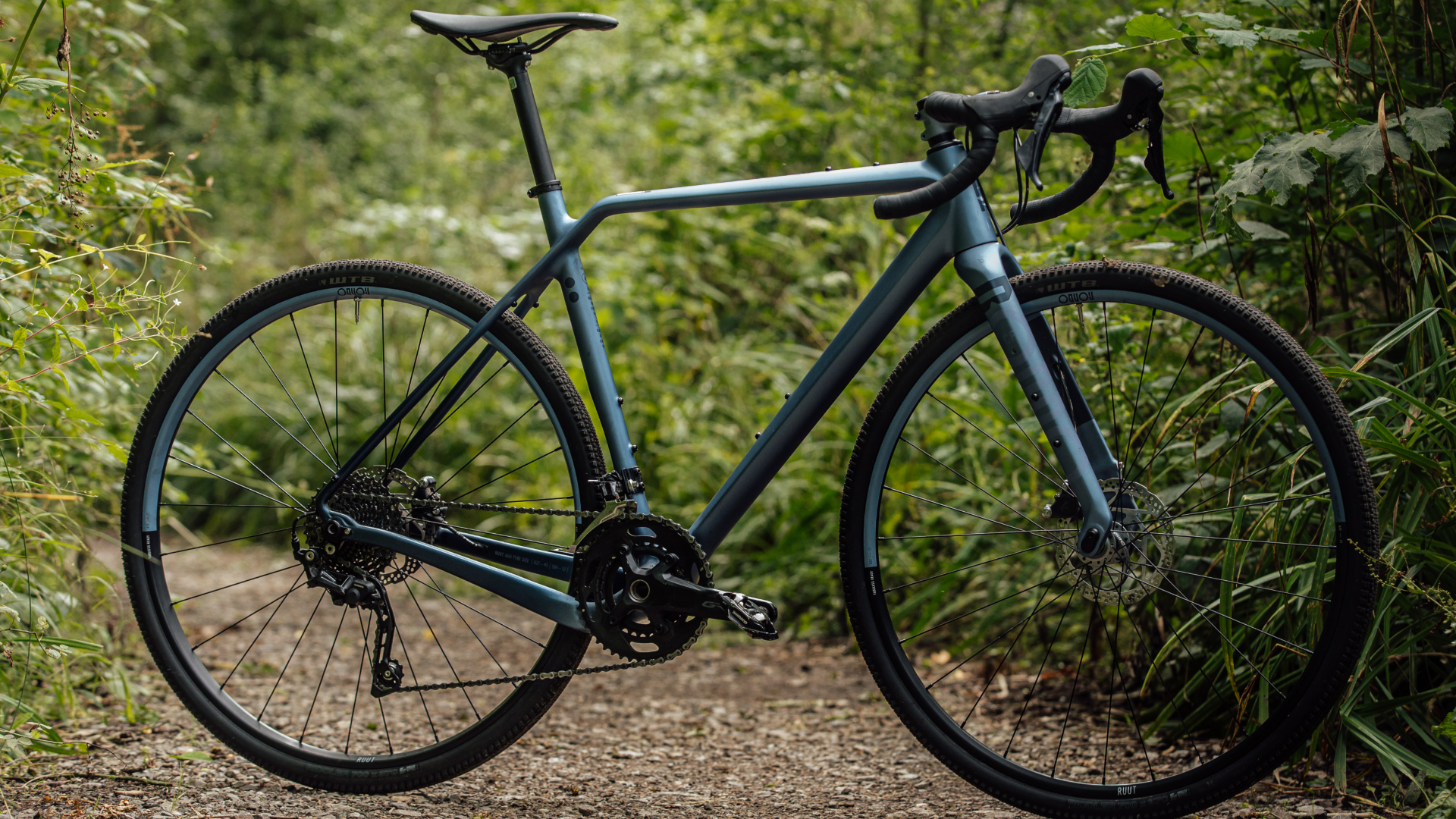
The Ruut has a great geometry makes it well suited for riding on tight and twisty trails – but also long-distance all-day epics, as well. However, the component spec does represent a bit of a step down from other bikes around this price point – and of those other bikes, there are ones which give a similarly good ride feel. Which makes it hard to recommend the Ruut CF2 2x ahead of the competition, even though it is still a good ride.
-
+
Huge tyre clearances
-
+
Great handling on twisty trails
-
+
Variable geometry fork increases stability
-
-
Wheelset is quite heavy
-
-
2x10 GRX groupset is a lower tier than you’d expect at this price point
You can trust Cycling Weekly.

Rondo is a relatively new Polish brand, but it has been producing a whole host of very interesting bikes at a rapid rate. The Ruut slots into the lineup as a capable gravel bike for rougher terrain and multi day bikepacking trips. That said, this machine is also perfectly happy on skinner tyres for faster riding, if that’s what’s required.
The frame
The Ruut CF2 takes full advantage of its carbon construction, with complex shapes featuring in a variety of places through out the frame. The drive side chainstay is dropped significantly, enabling the use of wider tyres (Rondo claims up to 45mm in 700c or 57mm (2.2-inches) in 650b.
The design provides another benefit in that allows the chainstays to be kept much shorter than you would typically see on a gravel bike, which helps with the speed of the handling. Most are around 435mm long, with only relatively few going down to 425mm – the Ruut takes this a step further with a snappy 420mm.
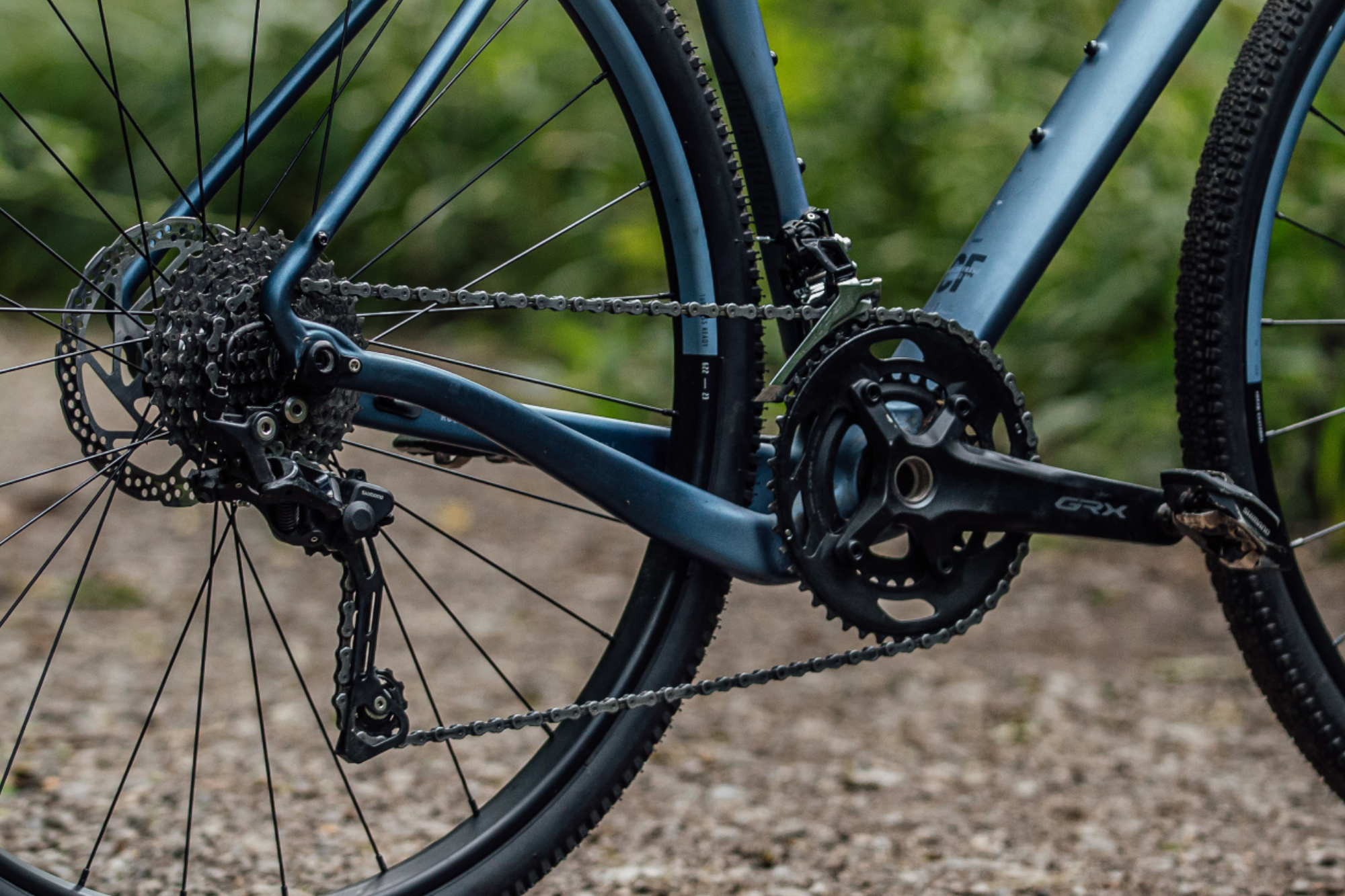
Another example of the more complex shaping can be found around the junction at the seattube, between the toptube and the seatstays. The sharp kink in the toptube opens up a bit more space in the main triangle, making it easier to run a half-frame bag in the smaller sizes and still being able to reach your water bottles. This falls away quickly to a set of dropped seatstays, lowering the clamping point on the seatpost which allows it to provide a little more flex.
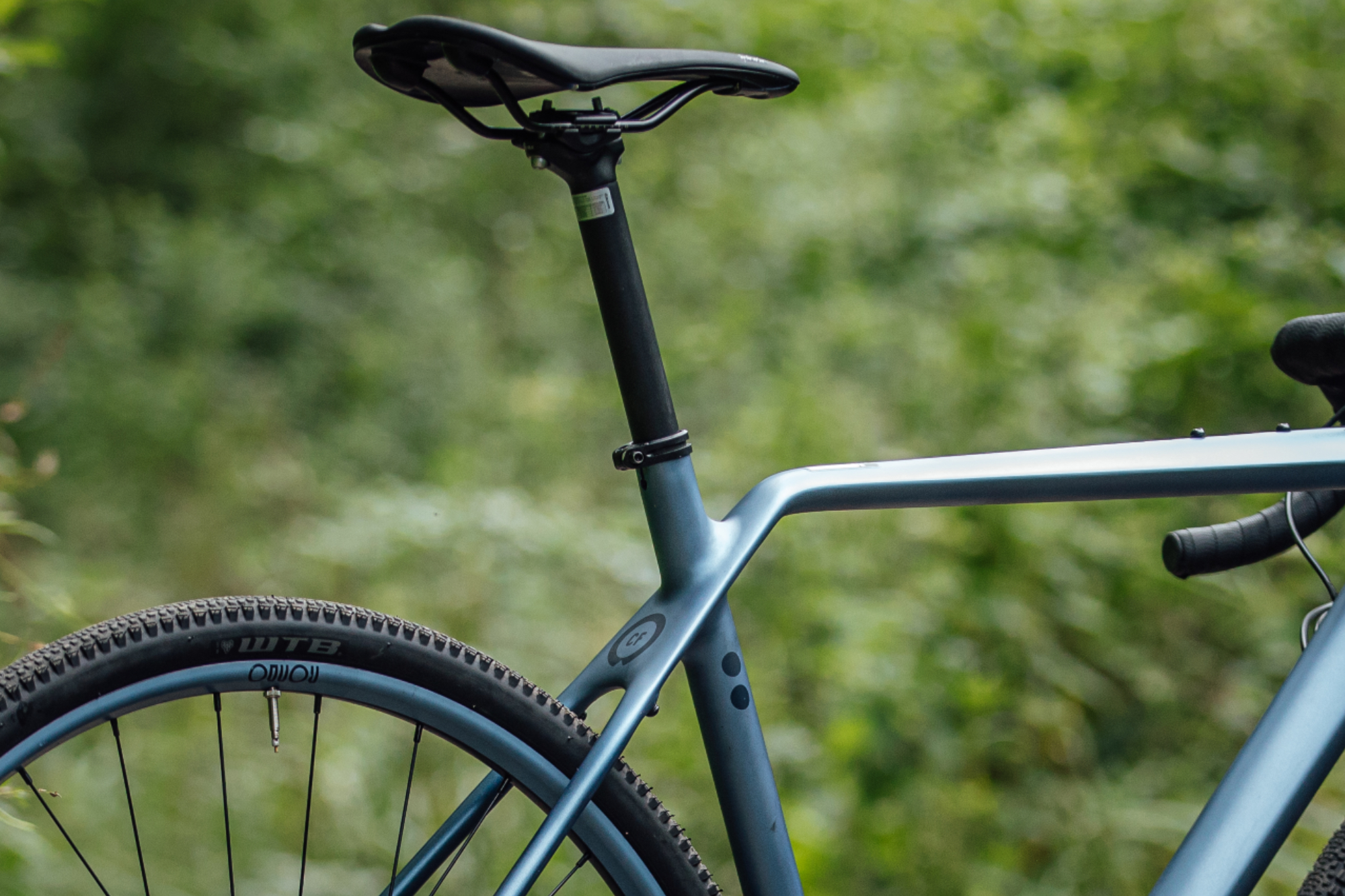
There is a variety of mounting options on the frame, with bosses for a top tube bag and triple mounts on the fork legs for an anything-style cage. Conspicuously, it is missing the underside of the downtube mounts which are particularly useful for storing a tool keg or other heavy items, so that is a bit of a shame.
The fork, however, is really the party piece of this bike. The thru axle bolts into an insert which can be flipped in orientation to adjust your position and the steering character of the bike – switching between a fairly standard 72.2 degree head angle in the high position, and raking out to 71.5 degrees in the low position and increasing the stack by 5mm.
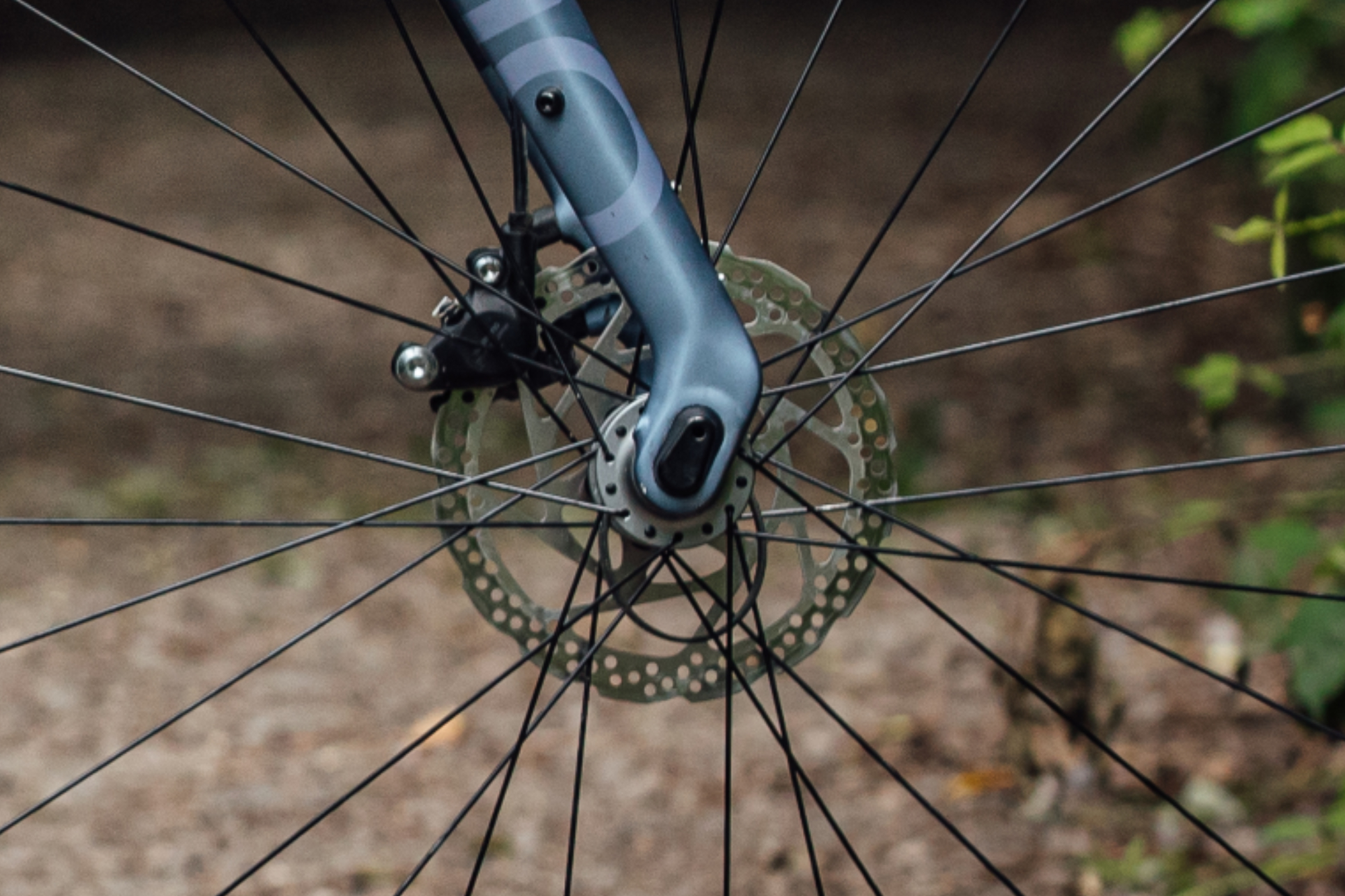
Components
On a bike which is bound by a particular price point, there are always going to be some compromises – and in this case its in the level of the spec.
The wheels are Rondo’s own, in 700c and with a 23mm internal width – which is a good match for modern gravel tyres. However, being a little heavy, they do represent a step down compared to the quality DT Swiss hoops some of the other bikes around this price point come with. Shod with 37mm WTB Riddler tyres, the stock setup is geared towards faster riding on smoother surfaces.
In terms of the groupset, here we have Shimano’s GRX400 in a 2x10 configuration, which is approximately equivalent to Shimano’s fourth tier Tiagra road groupset. On other bikes that cost a similar amount, you’ll generally be looking at third or second tier groupsets, so in those terms, it’s a bit of a step down.
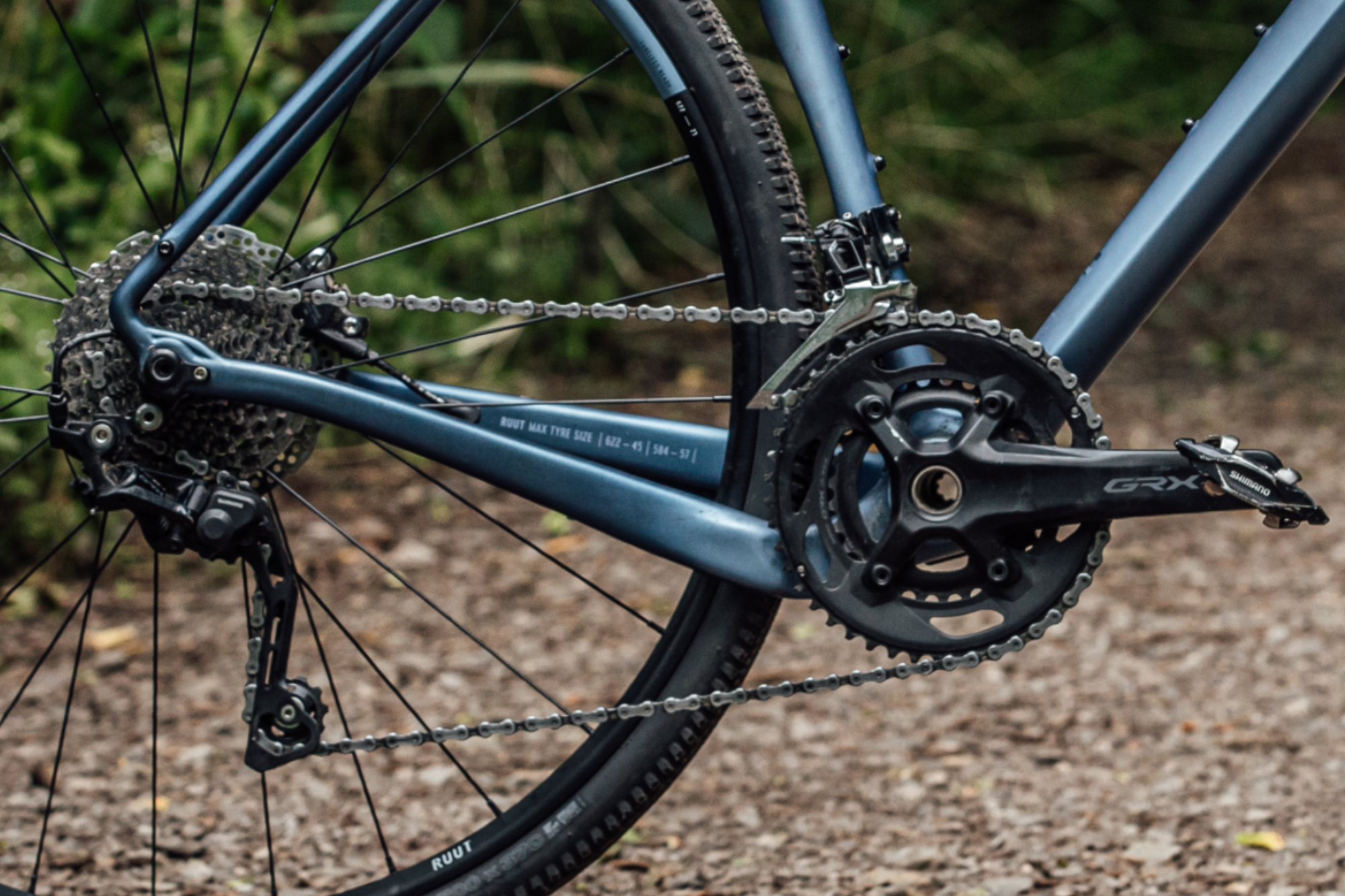
But although it’s not great value for money, that groupset is functionally really quite good. The hydraulic brakes are powerful and easy to modulate, essentially indistinguishable in their performance from the two GRX groupsets above it.
The 2x10 drivetrain provides a really good band of gears, providing plenty at the low end to keep you turning the pedals on steep off-road climbs, while still having a large enough top gear to give something to push against on pedally descents.
The only drawback is in the lack of single tooth jumps, which can leave you stuck between two gears – one too hard and the other too easy. But the jumps are pretty much identical to a 1x11 setup, so if you don’t have much of a problem with that, you’ll be fine with this.
Finishing kit in this case is all alloy, with no carbon gracing the seatpost, stem or handlebars. The handlebars themselves are reasonably wide at 44cm, with a bit of flare out to the drops. Perched on top of the 27.2mm seatpost is a Fabric Scoop saddle, which is a popular choice that many people do get on with – although saddles are a very personal matter.
The ride
Asking a bike to handle confidently and accurately on technical terrain, whilst also expecting speed and efficiency on tame gravel and back roads, is asking a lot. But the Ruut took it all in its stride.
With the fork in the high position and rolling on those 37mm Riddler tyres with their file centre tread, I was able to motor along at a respectable pace, with my position on the bike feeling reasonably low and efficient.
Now, these tyres were too narrow for the large rocks South Downs Way or the roots of my local woods, but on the smoother hardpack surfaces you get on disused railway lines, the Riddlers did stack up to be a pretty good match.
A tyre switch was necessary to take the bike onto some rougher stuff, so I popped in a set of 53mm (2.1-inch) Schwalbe Thunder Burts in 650b. Although the bike is supposed to be able to handle up to 57mm, the clearance was so tight around the chainstays that I wouldn’t personally go any wider at the rear. No such problems at the fork though, with loads of space on either side.
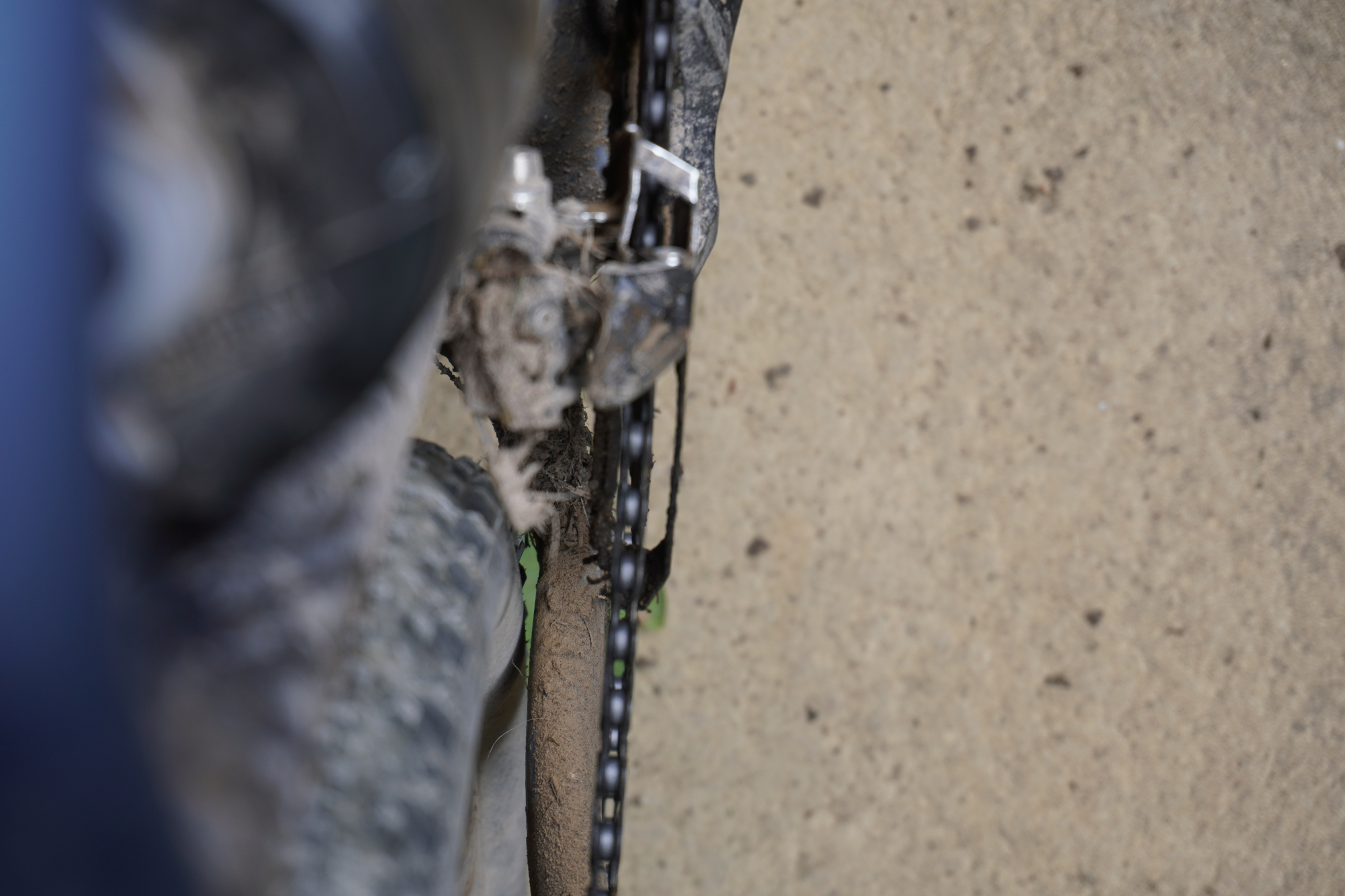
With the right rubber I was able to properly attack the trails – the sort which are a little boring on a mountain bike, but come alive once you ditch the suspension and flat bars. With chainstays that measure just 420mm, the Ruut felt much more poised and exciting than many other gravel bikes – it was so easy to just flick it around the corners and the connection between the bike and the trials was just that bit more direct.
For a touring bike with panniers, longer chainstays and the added stability they provide are a great help. But bikepacking bags have a much more centralised weight distribution, and I never felt like the Ruut was skittish or unstable, even when loaded up for an overnight weekend trip.
Value
In terms of value, the Rondo Ruut CF2 2x isn’t the best. The 2x10 GRX groupset (which is equivalent to Shimano’s fourth tier Tiagra road groupset) and a relatively heavy OEM wheelset are all a step below what you’d expect for £2,799.00.
Canyon's Grizl CF SL 8 1BY is a little more expensive at £2,949, but you get a quality DT Swiss GR1800 Spline wheelset, a GRX 800 series groupset (equivalent to the second tier Ultegra) and a high quality frame well suited to bikepacking adventures.
Otherwise, there is the Tifosi Cavazzo for £2999.00 which comes with Campagnolo's high-end 1x13 Ekar gravel groupset – which answers many of the traditional drawbacks of 1x – although the frame is an open mould.
But with that said, out of all of the bikes in our recent gravel bike grouptest, this was the one I chose to ride the South Downs Double on – thanks to the range of gears, braking performance and clearance for wider tyres.
Although the components aren’t the fanciest, their functionality isn’t diminished – but it’s worth pointing out for that ride I did give the wheels a pretty big upgrade, running the 650b DT Swiss GR1600 Spline wheels.
Specs
- Frame: Rondo Ruut Flex Design EPS carbon
- Fork: Rondo TwinTip 2.0 carbon
- Shifters: Shimano GRX RX400, 2x10-speed
- Crankset: Shimano GRX RX600 46/30t
- Derailleurs: Shimano GRX RD-RX400
- Cassette: Shimano HG-50-10, 11-36, 10-speed
- Brakeset : Shimano GRX BR-RX400
- Wheels: Rondo aluminium 622-23, tubeless-ready, 700c
- Tyres and clearance: WTB Riddler 700x37c (Max: 700x45 or 650b x 57 (2.2”))
- Head angle: 72.2 / 71.5 degrees
- Chainstay length: 420
- BB drop: 74 / 70mm
- BB: Shimano HOLLOWTECH II adapter within an EVO 386 shell format
- Weight: 10.6kg

Thank you for reading 20 articles this month* Join now for unlimited access
Enjoy your first month for just £1 / $1 / €1
*Read 5 free articles per month without a subscription

Join now for unlimited access
Try first month for just £1 / $1 / €1
Get The Leadout Newsletter
The latest race content, interviews, features, reviews and expert buying guides, direct to your inbox!

After winning the 2019 National Single-Speed Cross-Country Mountain Biking Championships and claiming the plushie unicorn (true story), Stefan swapped the flat-bars for drop-bars and has never looked back.
Since then, he’s earnt his 2ⁿᵈ cat racing licence in his first season racing as a third, completed the South Downs Double in under 20 hours and Everested in under 12.
But his favourite rides are multiday bikepacking trips, with all the huge amount of cycling tech and long days spent exploring new roads and trails - as well as histories and cultures. Most recently, he’s spent two weeks riding from Budapest into the mountains of Slovakia.
Height: 177cm
Weight: 67–69kg
-
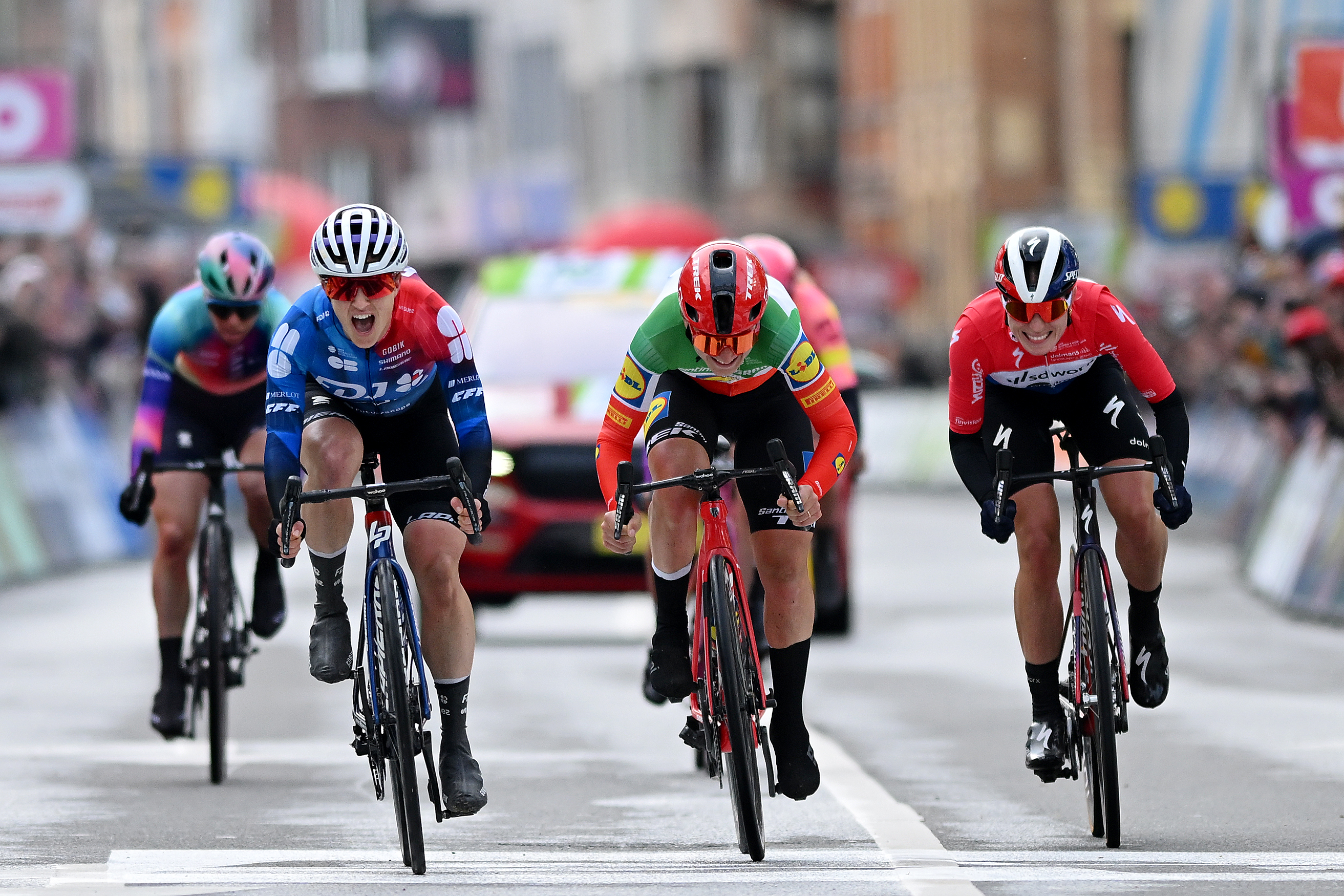 Tadej Pogačar's hat-trick, La Redoute, and Dutch delight: Five things to look out for at Liège-Bastogne-Liège 2025
Tadej Pogačar's hat-trick, La Redoute, and Dutch delight: Five things to look out for at Liège-Bastogne-Liège 2025The oldest professional bike race in the world takes place this Sunday – here's how to watch, who to watch, and what to watch out for
By Adam Becket Published
-
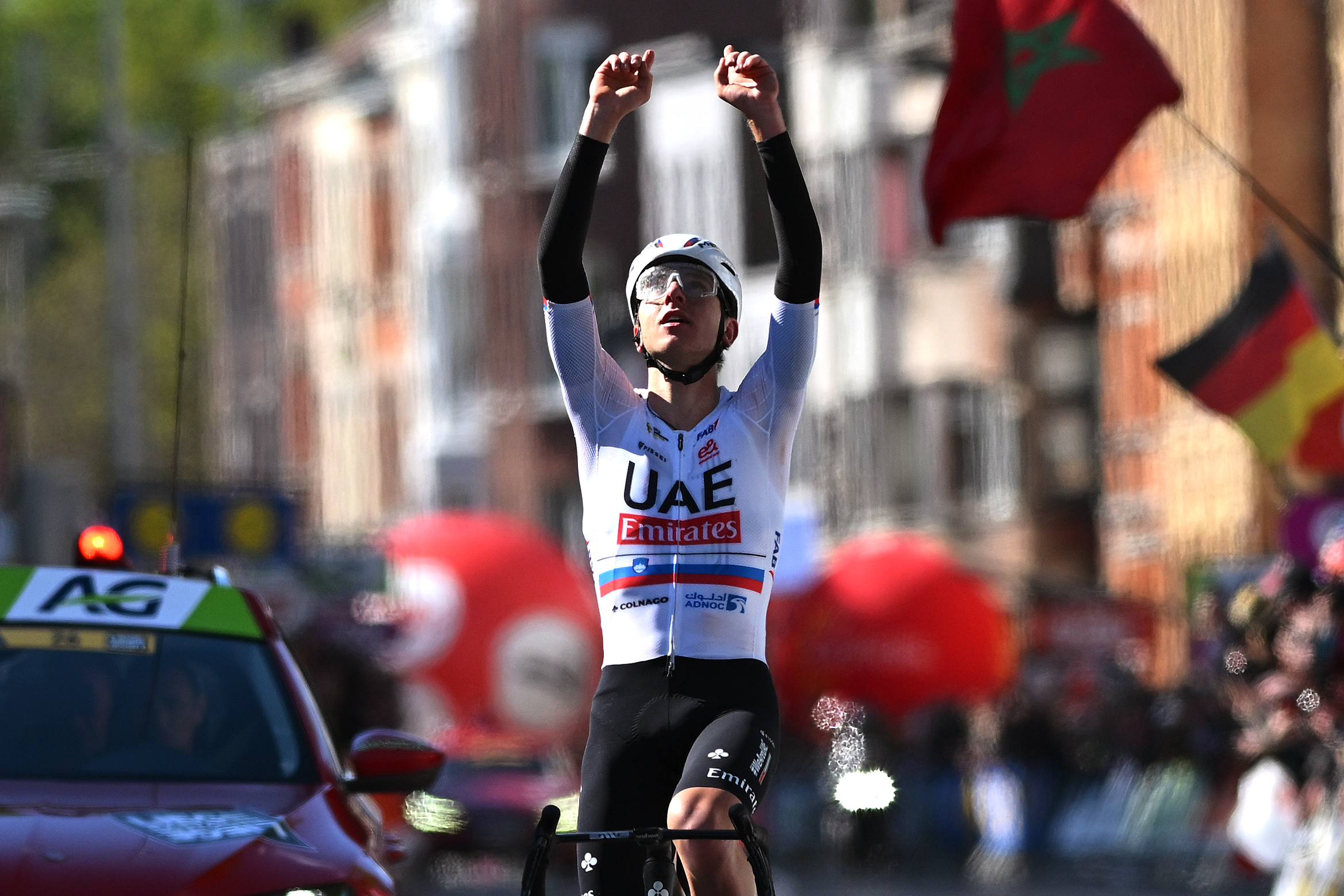 How to watch Liège-Bastogne-Liège 2025: Everything you need to live stream the Belgian Monument
How to watch Liège-Bastogne-Liège 2025: Everything you need to live stream the Belgian MonumentAll the broadcast information for the last of the Ardennes Classics on April 27 with Tom Pidcock – here's how to watch Liège-Bastogne-Liège online and on TV
By James Shrubsall Published
-
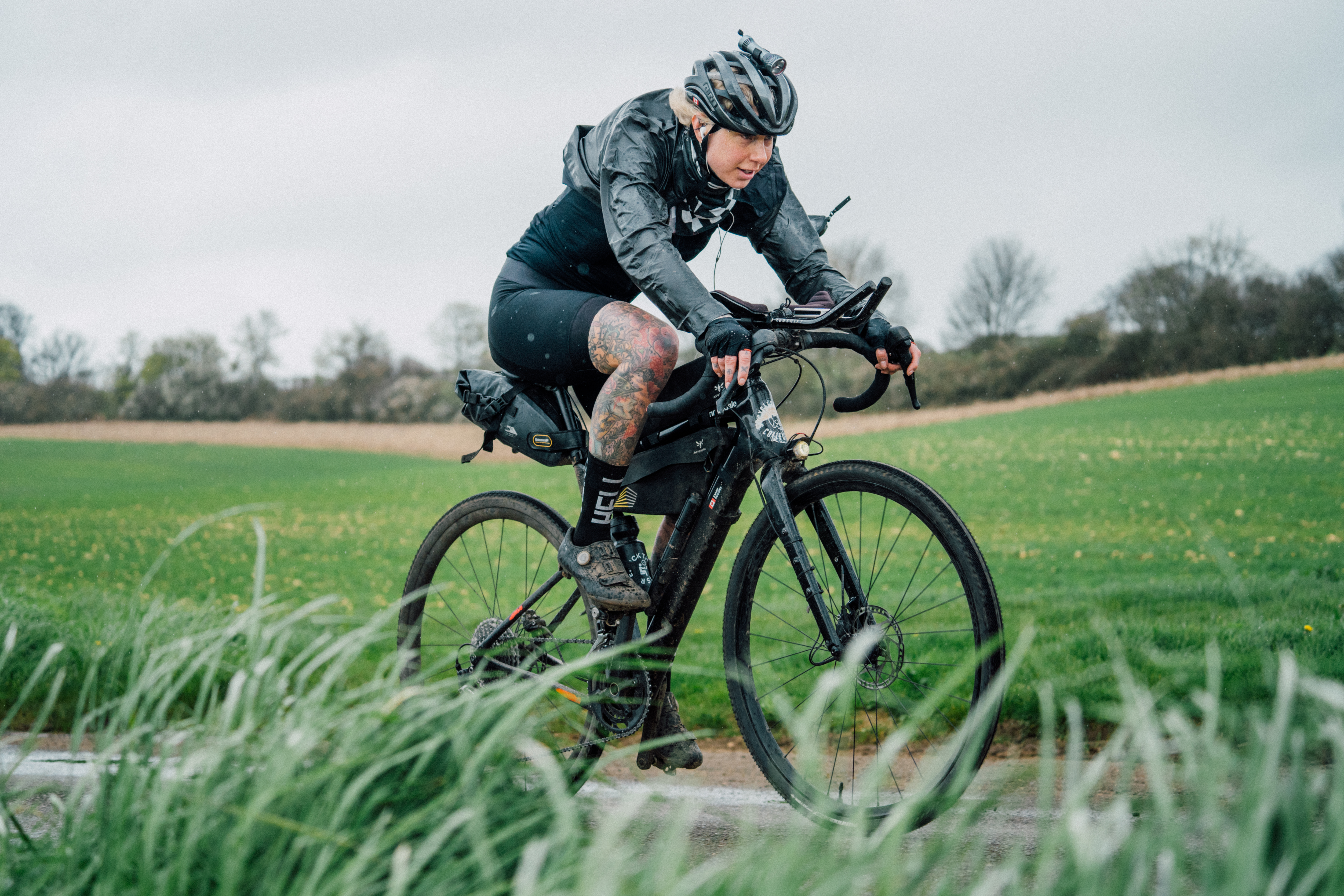 'I've bought four kilos of Haribo just in case' - Meet Dr Sarah Ruggins, who has gone from paralysis to aiming for the LEJOGLE record
'I've bought four kilos of Haribo just in case' - Meet Dr Sarah Ruggins, who has gone from paralysis to aiming for the LEJOGLE recordCanadian is aiming to take the overall record for Lands End to John O' Groats to Lands End, which currently stands at five days, 18 hours
By Adam Becket Published